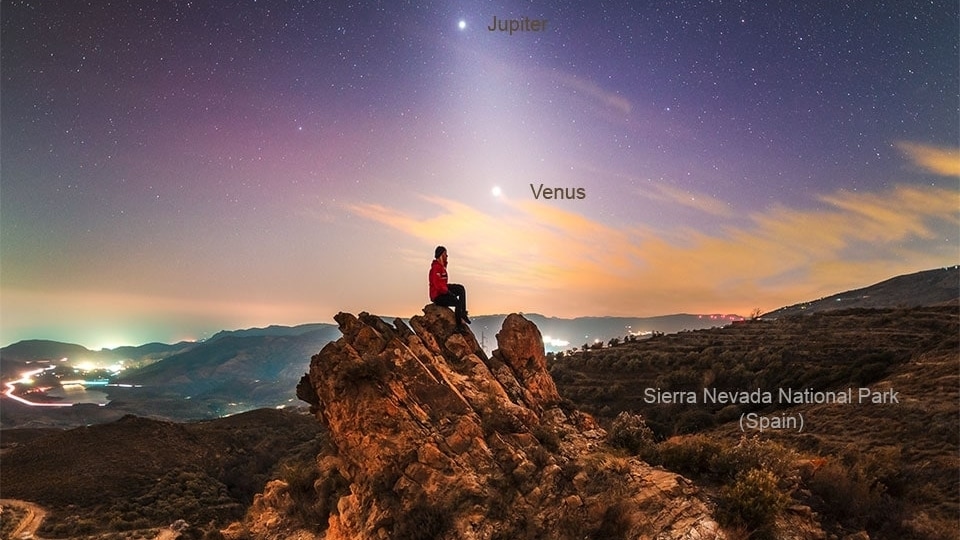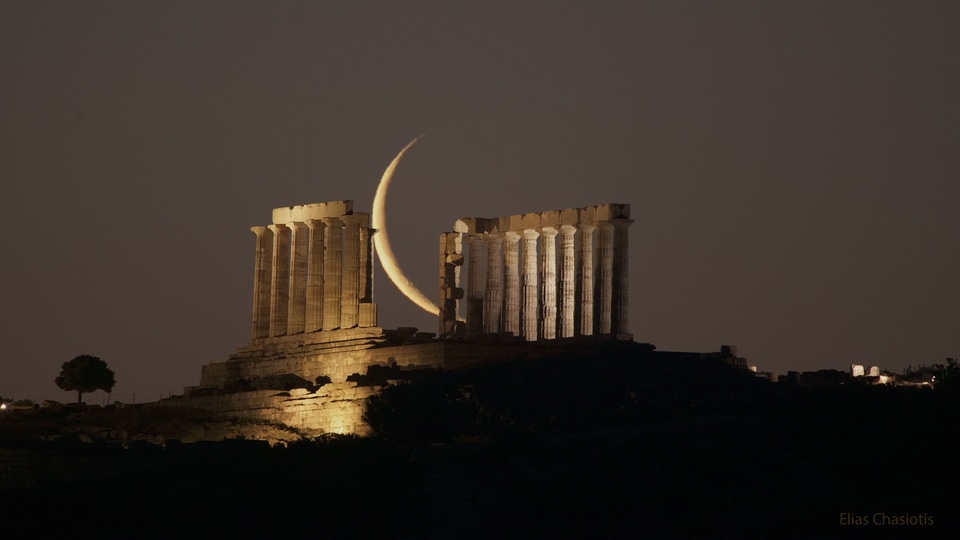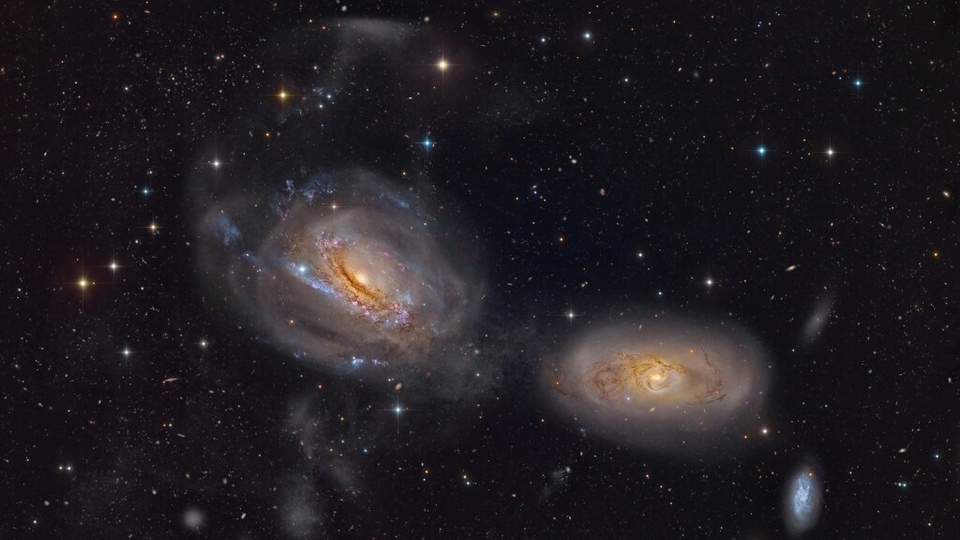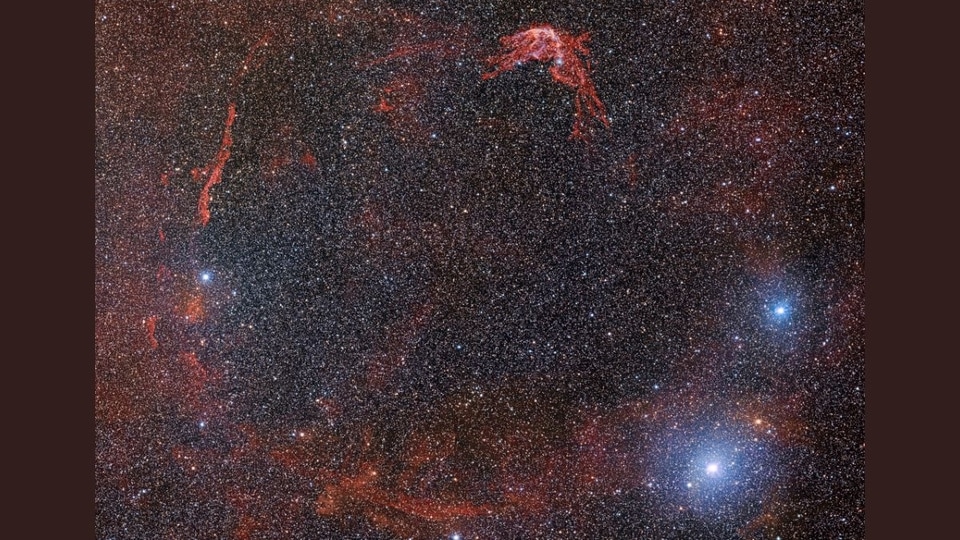NASA Astronomy Picture of the Day 4 March 2023: Venus and Jupiter!
NASA Astronomy Picture of the Day is a collage of the rare Venus and Jupiter conjunction.






 View all Images
View all ImagesIn the last couple of weeks, Venus and Jupiter have continued their slow dance in the dark sky. For the past few weeks, the planets have been visible in the early evening skies, shining brightly. On March 1-2, they came closest to each other Ina rare conjunction. A planetary conjunction is basically a view when two planets appear close together in the Earth's night sky. This year, the bright planets of our solar system Jupiter and Venus appeared much closer together than usual.
You may have noticed Venus and Jupiter in the clear evening skies recently. It's hard to overlook this bright and close conjunction of these two planets. However, in case you have missed witnessing this rare planet conjunction, then NASA's shared a collage composed by astrophotographer Soumyadeep Mukherjee which shows the "10 Days of Venus and Jupiter" conjunction.
NASA explanation for 10 days of Venus and Jupiter
While sharing the photo, NASA explained that “with Jupiter at the top, starting on February 21 and ending on March 2, their close approach is chronicled daily, left to right, in these panels recorded from Dhanbad, India.” Depending on the local conditions at sunset, the colours and exposures of the evening sky are adjusted for each panel near the western horizon.
On February 22, the young crescent Moon joined Jupiter and Venus, and by March 2, the two planets appeared to be only as far apart as the width of a full moon, the space agency said. However, it should be noted that on that date, the two planets were actually separated by a distance of over 600 million kilometres in their respective orbits around the Sun.
Venus-Jupiter conjunction is in the settling phase
Over the next few days, Jupiter will gradually become more difficult to see due to the brightness of the setting sun, while Venus will continue to move away from the Sun in the western sky and shine brightly as the prominent evening star.
Catch all the Latest Tech News, Mobile News, Laptop News, Gaming news, Wearables News , How To News, also keep up with us on Whatsapp channel,Twitter, Facebook, Google News, and Instagram. For our latest videos, subscribe to our YouTube channel.





























